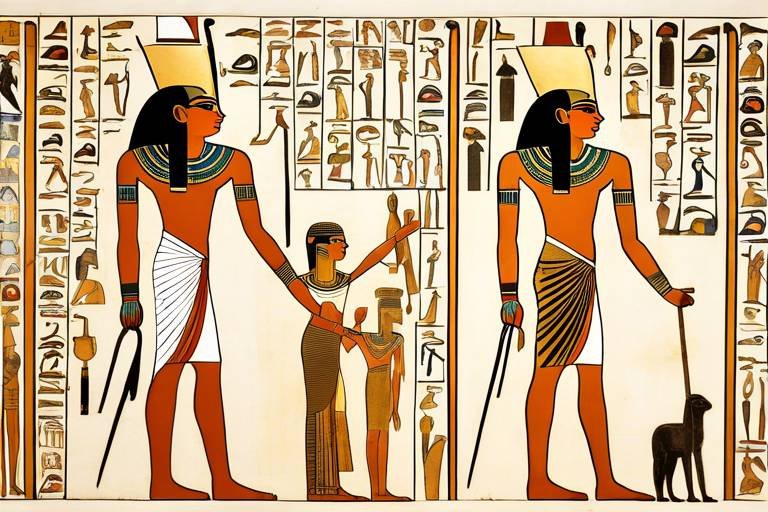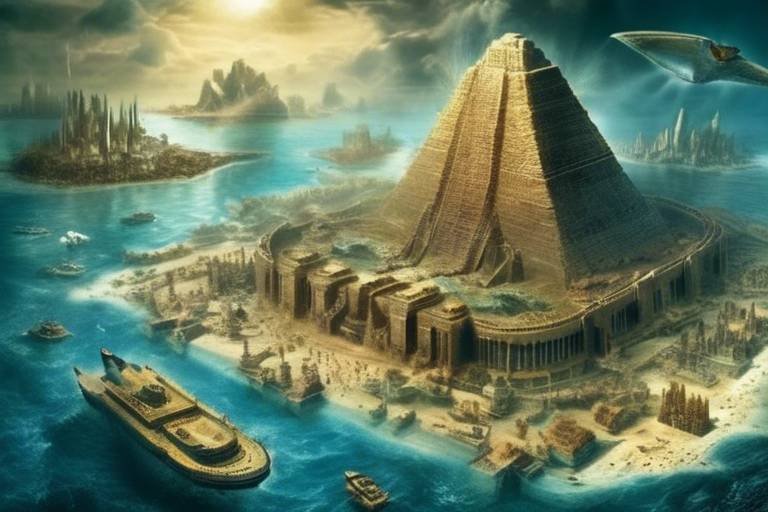The Mystery of the Ancient Olmec Artifacts
Deep in the heart of Mesoamerica lies a mystery waiting to be unraveled - the enigmatic artifacts left behind by the ancient Olmec civilization. These relics hold the key to understanding a culture shrouded in the mists of time, offering tantalizing glimpses into their technology, beliefs, and possible connections to other Mesoamerican societies.
As we delve into the world of Olmec artifacts, we are met with a sense of awe and wonder at the sheer craftsmanship and artistry displayed by this ancient civilization. Each artifact tells a story, whispering secrets of a bygone era and inviting us to piece together the puzzle of the Olmec legacy.
From colossal heads that stand as silent sentinels to jade figurines that gleam with precious beauty, the range of Olmec artifacts is as diverse as it is intriguing. These relics not only serve as windows into the past but also as bridges connecting us to a world long vanished yet still pulsating with life.
One cannot help but marvel at the intricate details and symbolic meanings woven into the fabric of Olmec artifacts. The colossal heads, with their stoic expressions, seem to guard ancient secrets, while the jade figurines exude a sense of mystique and reverence. Each piece of pottery, each tool, carries within it a piece of the Olmec soul, speaking volumes about their daily life and cultural practices.
Through the lens of archaeology, we are granted a glimpse into the world of the Olmec, piecing together fragments of their existence from the earth they once trod. The discoveries unearthed from the depths of time have reshaped our understanding of this ancient civilization, painting a vivid picture of their achievements and struggles.
Symbolism permeates every aspect of Olmec artifacts, hinting at a complex tapestry of beliefs and traditions. The motifs etched into stone and jade speak of a society deeply rooted in spiritual and social rituals, where every object held a deeper meaning beyond its physical form.
As we reflect on the legacy of Olmec artifacts, we are reminded of the enduring impact these relics have had on Mesoamerican art and culture. Their influence reverberates through the ages, shaping the artistic expressions of later civilizations and serving as a testament to the timeless allure of the Olmec civilization.

Origin and Significance of Olmec Artifacts
The Olmec artifacts hold a profound significance in the realm of Mesoamerican archaeology, serving as windows into the ancient civilization's cultural and technological advancements. Originating from the heartland of Olmec territory in present-day Mexico, these artifacts offer invaluable insights into the beliefs, practices, and artistic expressions of this enigmatic society.
One of the key aspects that make Olmec artifacts stand out is their artistic styles, characterized by intricate designs, symbolic motifs, and a mastery of craftsmanship that continues to captivate researchers and art enthusiasts alike. The Olmec were pioneers in the use of jade, a precious stone that held immense symbolic value in their culture, often associated with fertility, power, and spiritual connections.
Moreover, the colossal heads sculpted by the Olmec are among the most iconic artifacts of ancient Mesoamerica, showcasing the Olmec's skill in monumental stone carving and their reverence for leadership and ancestral figures. These massive stone heads, some weighing several tons, raise questions about the Olmec's engineering capabilities and the societal structures that supported such grand artistic endeavors.
By delving into the origins and significance of Olmec artifacts, researchers can piece together the puzzle of this ancient civilization's legacy and its enduring impact on subsequent Mesoamerican societies. Through careful analysis and interpretation of these artifacts, we can uncover the stories of the Olmec people, their beliefs, and the interconnectedness of Mesoamerican cultures across time and space.
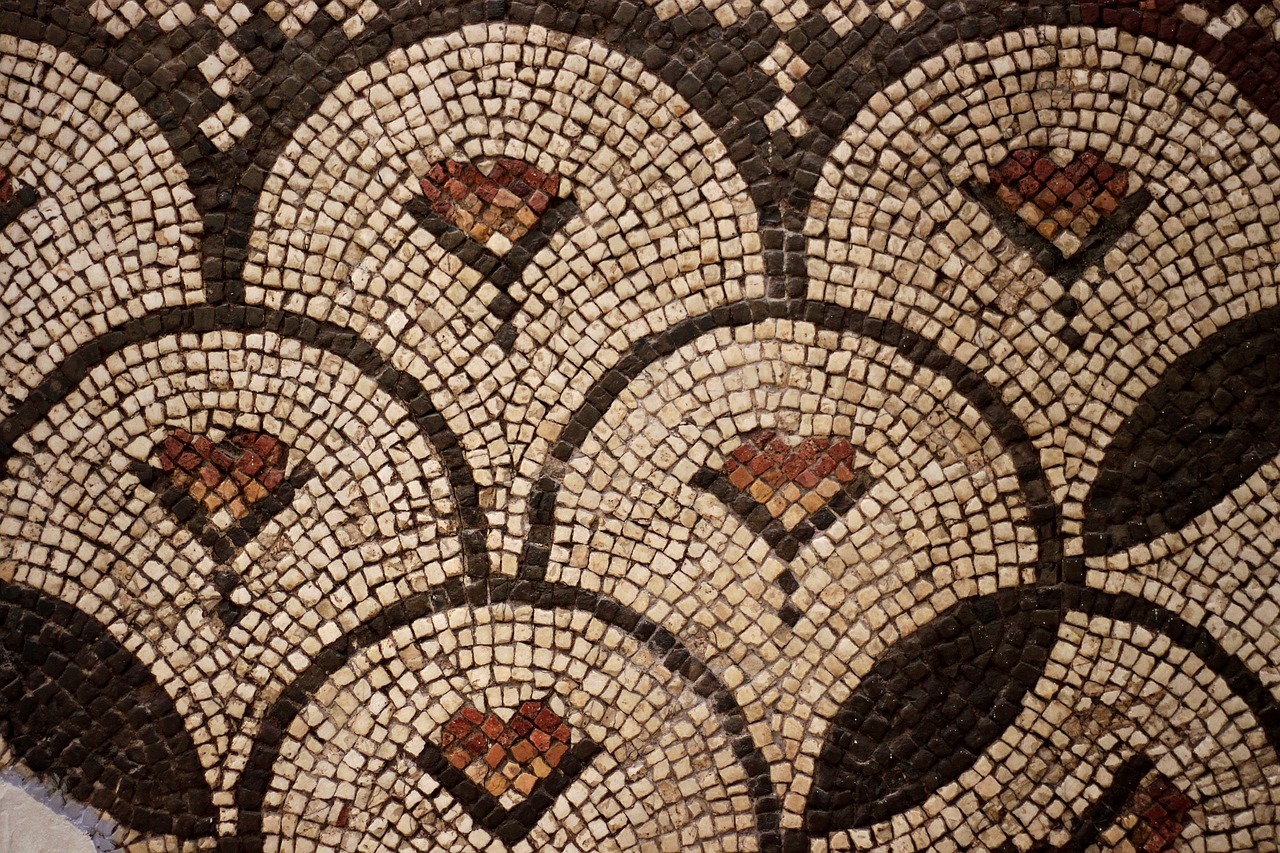
Types of Olmec Artifacts
The Olmec civilization, known for its remarkable artistic achievements, produced a diverse array of artifacts that provide valuable insights into their society and culture. These artifacts encompass a wide range of materials and purposes, reflecting the Olmec's sophisticated craftsmanship and artistic prowess. Let's delve into the various types of Olmec artifacts that have captivated archaeologists and historians alike.
One of the most iconic and recognizable types of Olmec artifacts is the colossal heads. These massive stone sculptures, often depicting powerful rulers or deities, showcase the Olmec's mastery of stone carving techniques. The colossal heads, with their distinctive features and enigmatic expressions, continue to intrigue researchers, sparking debates about their symbolic significance and cultural significance.
Another significant category of Olmec artifacts is jade figurines. Jade held immense importance in Olmec society, symbolizing wealth, status, and spiritual power. The intricate jade figurines crafted by the Olmec exhibit exquisite craftsmanship and attention to detail, reflecting the cultural significance of this precious stone in Olmec rituals and ceremonies.
In addition to monumental sculptures and precious jade artifacts, Olmec pottery represents a vital aspect of their material culture. The Olmec were skilled potters, creating a wide range of vessels and figurines for both utilitarian and decorative purposes. Their pottery designs often feature intricate patterns, symbolic motifs, and representations of mythological beings, offering valuable insights into Olmec beliefs and daily life.
Furthermore, tools and implements are essential categories of Olmec artifacts that shed light on their technological advancements and economic activities. From stone axes and knives to obsidian blades and grinding stones, these tools reveal the Olmec's expertise in working with various materials and their reliance on specialized instruments for agriculture, craftsmanship, and trade.
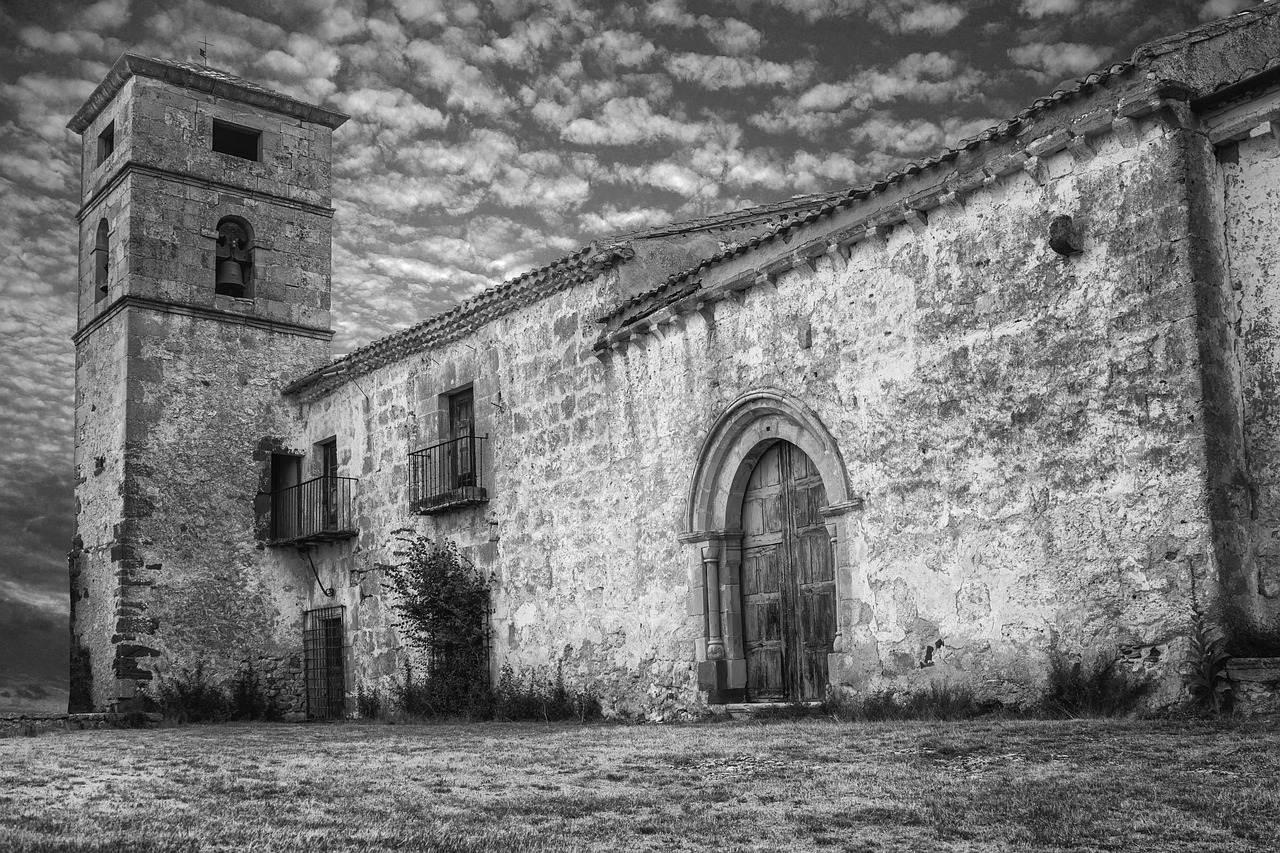
Colossal Heads: Iconic Olmec Artifacts
When it comes to Olmec artifacts, one cannot overlook the awe-inspiring Colossal Heads that have captured the imagination of archaeologists and enthusiasts alike. These massive stone sculptures, ranging from 6 to 11 feet in height and weighing several tons, stand as iconic symbols of Olmec craftsmanship and ingenuity. Carved with meticulous detail and precision, these colossal heads exhibit a remarkable level of artistry that continues to puzzle researchers to this day.
The purpose behind the creation of the Colossal Heads remains a subject of debate among scholars. Some believe that these monumental sculptures represented powerful Olmec rulers or deities, serving as markers of authority or religious significance. Others suggest that they were crafted as commemorative portraits, honoring individuals of high status within Olmec society. The sheer scale and complexity of these sculptures hint at the advanced artistic skills and technological knowledge possessed by the Olmec civilization.
One of the most intriguing aspects of the Colossal Heads is the mystery surrounding their production and transportation. How did the Olmec manage to quarry, carve, and transport these massive stone blocks from distant locations to their ceremonial centers? The logistics of such a monumental task raise questions about the organizational capabilities and engineering prowess of the Olmec people. The sheer effort and resources required to create these colossal sculptures highlight the significance they held within Olmec society.
Each Colossal Head exhibits distinctive features and characteristics, showcasing individualized facial expressions, headdresses, and adornments. These unique traits provide valuable insights into the diversity and complexity of Olmec culture, offering glimpses into the societal hierarchy, religious beliefs, and artistic traditions of this ancient civilization. The detailed craftsmanship and symbolic elements incorporated into the Colossal Heads reflect the Olmec's deep-rooted cultural heritage and spiritual worldview.
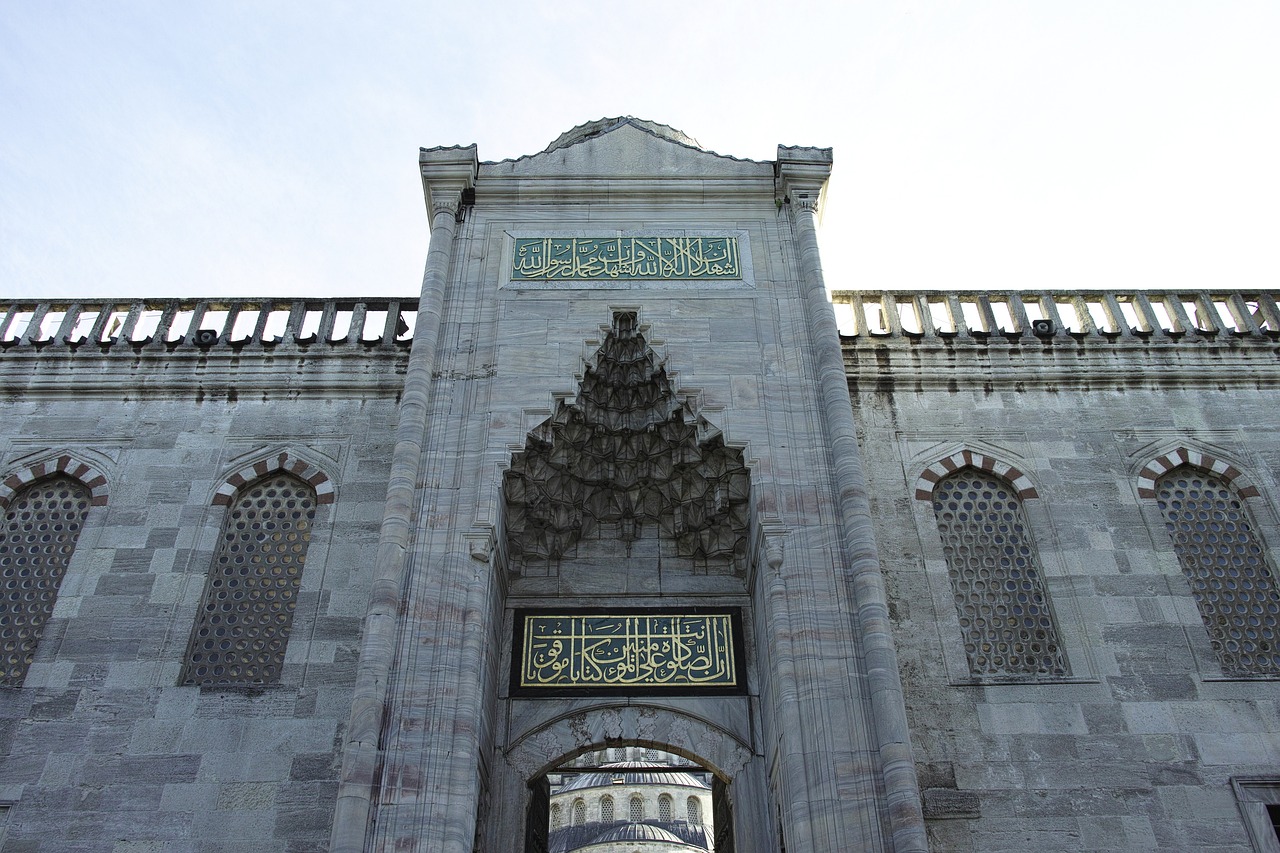
Jade Figurines: Precious Olmec Artifacts
Jade figurines hold a special place among the precious artifacts left behind by the Olmec civilization. Crafted with meticulous care and skill, these figurines were not merely decorative pieces but held deep symbolic significance in Olmec culture. The use of jade, a highly prized and rare stone, in the creation of these figurines speaks volumes about the Olmec's artistic prowess and their reverence for materials of exceptional quality.
The intricate designs and details found in Olmec jade figurines reflect the sophistication of Olmec craftsmanship. These small sculptures often depict human figures adorned with elaborate headdresses and jewelry, showcasing the Olmec's attention to detail and their ability to capture the essence of their subjects in stone. Each jade figurine is a testament to the Olmec's artistic vision and technical expertise, serving as a window into their beliefs, rituals, and societal structure.
Moreover, the symbolic value of jade in Olmec culture cannot be overstated. Jade was considered a sacred stone with spiritual significance, believed to possess mystical properties and connect the wearer to the spirit world. The use of jade in creating figurines highlights the Olmec's spiritual beliefs and their understanding of the natural world, where materials were imbued with symbolic meanings and served as conduits for communication with the divine.
Through the study of jade figurines, archaeologists and historians have gained valuable insights into the religious and ceremonial practices of the Olmec civilization. These artifacts not only showcase the artistic achievements of the Olmec but also provide clues to their worldview, cosmology, and cultural identity. Each jade figurine is a piece of a larger puzzle, contributing to our understanding of the enigmatic Olmec civilization and its enduring legacy in Mesoamerican history.

Olmec Pottery: Functional and Decorative Artifacts
The Olmec civilization is renowned for its remarkable pottery, which served both functional and decorative purposes. The Olmec pottery provides valuable insights into their daily life, religious beliefs, and artistic skills. These artifacts were not merely utilitarian objects but also intricate works of art that reflected the Olmec's cultural sophistication and creativity.
One of the distinctive features of Olmec pottery is its intricate designs and symbolic motifs. The pottery vessels and figurines were often adorned with elaborate patterns, animal motifs, and symbolic representations that held deep cultural significance for the Olmec people. These decorations were not just for aesthetic purposes but also conveyed important messages about their beliefs and worldview.
The Olmec pottery was crafted using advanced techniques that showcased the skill and craftsmanship of the ancient artisans. The use of clay, molds, and firing methods allowed the Olmec to create a wide range of pottery items, from simple everyday utensils to elaborate ceremonial vessels. The intricate details and precision in their pottery demonstrate the Olmec's mastery of the art form.
Moreover, the functional aspects of Olmec pottery are equally fascinating. The vessels were used for various purposes, such as storing food, water, and other goods, as well as for ceremonial and ritual activities. The shapes and sizes of the pottery items varied based on their intended function, highlighting the practical ingenuity of the Olmec society.
In addition to their functional use, Olmec pottery also served as decorative objects that adorned their living spaces and ceremonial sites. The intricate designs and vibrant colors added beauty and elegance to the Olmec surroundings, creating a visually stunning environment that reflected their artistic sensibilities.
Overall, Olmec pottery stands as a testament to the creativity, skill, and cultural richness of the ancient civilization. Through the study of these functional and decorative artifacts, archaeologists and historians continue to unravel the mysteries of the Olmec culture and gain a deeper understanding of their legacy in Mesoamerican history.

Archaeological Discoveries and Interpretations
Exploring the enigmatic artifacts left behind by the ancient Olmec civilization, shedding light on their culture, technology, and possible connections to other Mesoamerican societies.
Understanding the historical context and cultural significance of Olmec artifacts in the study of Mesoamerican civilizations, including their artistic styles and symbolic meanings.
Examining the various types of artifacts produced by the Olmec, such as colossal heads, jade figurines, pottery, and tools, and their role in understanding Olmec society.
Exploring the monumental stone heads carved by the Olmec, discussing their purpose, craftsmanship, and the mysteries surrounding their creation.
Investigating the significance of jade in Olmec culture and the intricate jade figurines crafted by the Olmec, highlighting their artistic and symbolic value.
Analyzing the pottery vessels and figurines created by the Olmec, revealing insights into their daily life, religious practices, and artistic techniques.
Reviewing key archaeological findings related to Olmec artifacts, discussing how these discoveries have shaped our understanding of the Olmec civilization and its legacy.
Unraveling the symbolic motifs and cultural meanings embedded in Olmec artifacts, exploring the religious, political, and social significance of these ancient objects.
Reflecting on the enduring legacy of Olmec artifacts in contemporary Mesoamerican art, archaeology, and cultural heritage, and their influence on later civilizations.
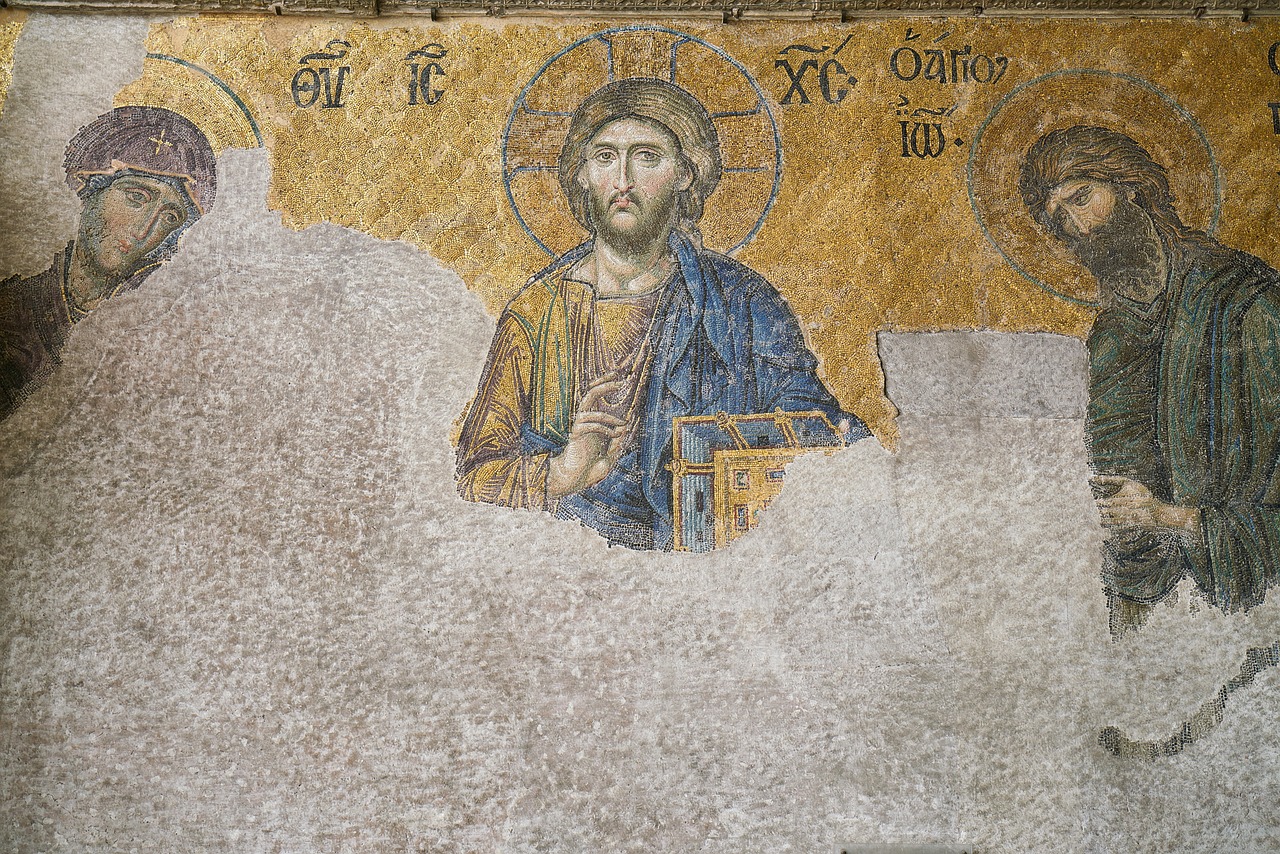
Symbolism and Meaning in Olmec Artifacts
Delving into the world of Olmec artifacts unveils a rich tapestry of symbolism and meaning that offers a glimpse into the spiritual and cultural beliefs of this ancient civilization. The intricate designs and motifs found on Olmec artifacts are not merely decorative but carry profound significance that resonates through the ages.
One of the most prevalent symbols in Olmec art is the jaguar, a powerful and enigmatic creature that embodies strength, agility, and mysticism. Depicted in various forms on artifacts such as jade figurines and pottery, the jaguar symbolizes the connection between the earthly realm and the spirit world, serving as a guardian and guide for the Olmec people.
Another recurring motif in Olmec artifacts is the "were-jaguar," a hybrid creature with features of both a human and a jaguar. This fantastical being is believed to represent the Olmec's belief in transformation and shapeshifting, reflecting their understanding of the fluidity of existence and the interconnectedness of all living beings.
The use of jade in Olmec artifacts also holds deep symbolic meaning, as jade was considered a sacred stone imbued with spiritual power and prestige. Jade figurines crafted by the Olmec were not merely decorative objects but were believed to possess protective and healing properties, symbolizing the connection between the material world and the divine.
Furthermore, the Olmec's intricate carvings and elaborate designs on pottery and figurines were not just aesthetic embellishments but conveyed narratives of creation, mythology, and ritual practices. Each symbol and motif on these artifacts served as a visual language through which the Olmec communicated their beliefs, values, and cosmology.
By deciphering the symbolism and meaning embedded in Olmec artifacts, archaeologists and historians gain invaluable insights into the spiritual, social, and political dynamics of this ancient civilization. The intricate details and nuanced symbolism found in these artifacts continue to captivate and intrigue scholars and enthusiasts alike, offering a window into the rich tapestry of Olmec culture and heritage.

Legacy of the Olmec Artifacts
Exploring the enigmatic artifacts left behind by the ancient Olmec civilization, shedding light on their culture, technology, and possible connections to other Mesoamerican societies.
Understanding the historical context and cultural significance of Olmec artifacts in the study of Mesoamerican civilizations, including their artistic styles and symbolic meanings.
Examining the various types of artifacts produced by the Olmec, such as colossal heads, jade figurines, pottery, and tools, and their role in understanding Olmec society.
Exploring the monumental stone heads carved by the Olmec, discussing their purpose, craftsmanship, and the mysteries surrounding their creation.
Investigating the significance of jade in Olmec culture and the intricate jade figurines crafted by the Olmec, highlighting their artistic and symbolic value.
Analyzing the pottery vessels and figurines created by the Olmec, revealing insights into their daily life, religious practices, and artistic techniques.
Reviewing key archaeological findings related to Olmec artifacts, discussing how these discoveries have shaped our understanding of the Olmec civilization and its legacy.
Unraveling the symbolic motifs and cultural meanings embedded in Olmec artifacts, exploring the religious, political, and social significance of these ancient objects.
Reflecting on the enduring legacy of Olmec artifacts in contemporary Mesoamerican art, archaeology, and cultural heritage, and their influence on later civilizations.
Frequently Asked Questions
- What are Olmec artifacts?
Olmec artifacts are ancient objects and artworks created by the Olmec civilization, one of the earliest Mesoamerican cultures. These artifacts include items such as colossal heads, jade figurines, pottery, and tools that provide insights into Olmec society and culture.
- Why are Olmec artifacts significant?
Olmec artifacts are significant because they offer valuable clues about the Olmec civilization's technological advancements, artistic styles, religious beliefs, and social structures. Studying these artifacts helps archaeologists and historians piece together the puzzle of Mesoamerican history.
- What is the cultural legacy of Olmec artifacts?
The cultural legacy of Olmec artifacts extends beyond their historical context. These artifacts have influenced later Mesoamerican civilizations and continue to inspire contemporary art, archaeology, and cultural heritage studies, showcasing the enduring impact of the Olmec civilization.



